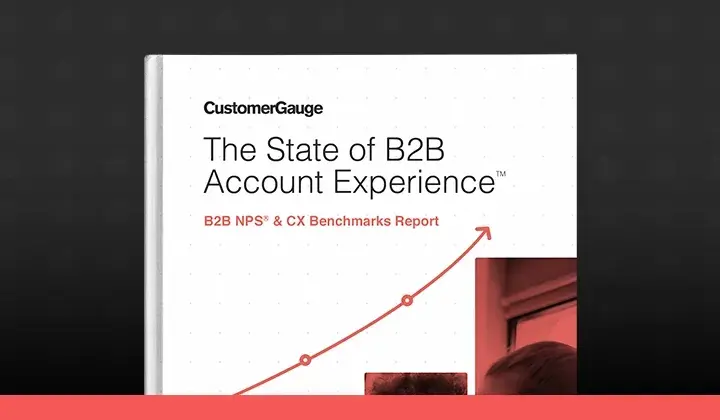Part 2: Why churn is bad
Some businesses feel that having high churn or a poor retention rate is just natural or the inevitable outcome of the fickleness of customers, but they never actually stop to think about what it means for their business. While, conversely you have those that lose countless hours of sleep because of it. A voice in the back of their minds continuously whispering: “You are losing customers. Do something about it!”
So what separates group one from group two?
Group two have a deep understanding of how churn slowly gnaws at the bottom line.
What’s all the drama about?
[caption id="attachment_13334" align="alignright" width="373"] Don't end up as a sad boat.[/caption]
Don't end up as a sad boat.[/caption]
The simple answer is that churn is expensive to your business, and in more ways than one. You can compare it to a little boat full of holes, sinking fast, and as hard as you work pouring bucket after bucket over the side, more water keeps rushing in.
High levels of churn mean a continual struggle and stress of dragging new customers in the front door, as customers continue to pile out the back door. As customers and revenue leave each month, quarter or year, the pressure is always on to replace those lost numbers to keep the business afloat.
An illustration
Let’s look at an example to illustrate how bad churn really is:
Two companies, ‘The Customer Company’ and ‘Short Term Profit & Sons’, are both competing in the same market. And for the point of comparison, have the same level of revenue, same cost of acquiring a customer and the same margin on their sales. However, there is one critical difference in the way they approach business: The Customer Company puts its money where its name is and obsesses about keeping clients as long as they can. Whereas ‘Short Term Profit & Sons’ focuses more on acquiring new customers and, as a result, offers a worse service leading to a higher churn rate.

The Customer Company
| Short Term Profit & Sons
|
Although the 15% churn rate of ‘Short Term Profit & Sons’ might not seem too bad, the graph makes it apparent just how much potential revenue and growth they are losing.
The cost of churn – a double blow to the bottom line
You can look at the monetary cost of churn in a two-tier phase:
Tier One – The first strike comes in the form of revenue loss from those going out the back door; revenue that was once captured by the business but is no longer. Irrespective of whether a company can replace these numbers easily, this is a revenue stream that is gone forever. Imagine that you have a churn rate of 25%. When you grow from a $6 million business to a $60 million business, your churn grows from a $ 1,5 million problem to a $15 million problem. That’s quite a bridge to gap. So churn undoes all your hard work and the more you grow, the more churn makes it harder to replace ever-greater numbers of lost customers/revenue.
Tier Two – But more than just lost revenue, is the cost incurred in needing to replace those lost customers or revenue. The revenue you receive from one client on the first transaction is maybe 5% of her customer lifetime value (CLTV). So losing out on her soon after that transaction, not only barely covers your acquisition costs, it deprives you of the real ROI of those acquisition costs. With many customers leaving before you make a return on investment on them, you are forced to spend more and more on acquisition costs just to end up with the same revenue at the end of the year. And if you do end up with the same revenue, it is with a significantly lower profit margin.
Which blow leads to the knockout?
Let’s go back for a second to those companies and individuals we mentioned at the beginning of this article – those that don’t care bout churn. A typical statement or response by these churn skeptics would go something like this:
“Who cares about customer/revenue churn, it is inevitable, we have been easily replacing the number that churn year after year, without fail. It is an endless market, with always plenty more fish in the sea.”
Now, a statement like this would be okay, provided that we existed in some weird world where the cost of acquiring new customers was an absolute zero. But every self-respecting businessperson knows that this is not true in the world we live!
So the fact of the matter is that gaining new customers is expensive, far more costly than nurturing and retaining existing customers. In contrast, a customer who already believes in your product/service requires little cost to retain, and those that are at risk of leaving require far less cost to retain than attaining new customers.
Concluding
Having a philosophy of ‘who cares…churn is inevitable’ proves to be a very dangerous mindset to have. It fails to pay attention to the crucial factor that acquiring new customers comes at a very expensive cost and – combined with a high churn rate - leaves you with a marginal profit margin. Why throw money at acquiring new customers just to break even? Instead, grow your customer base by lowering churn and creating stable growth.
Next step
Now that we know what churn is and how it is slowly but surely killing your business, it’s important to know why customers leave. What are the factors that lead to high churn rates? Is there a particular reason customers are saying goodbye?
Head over to part three to discover churn-reducing solutions.

